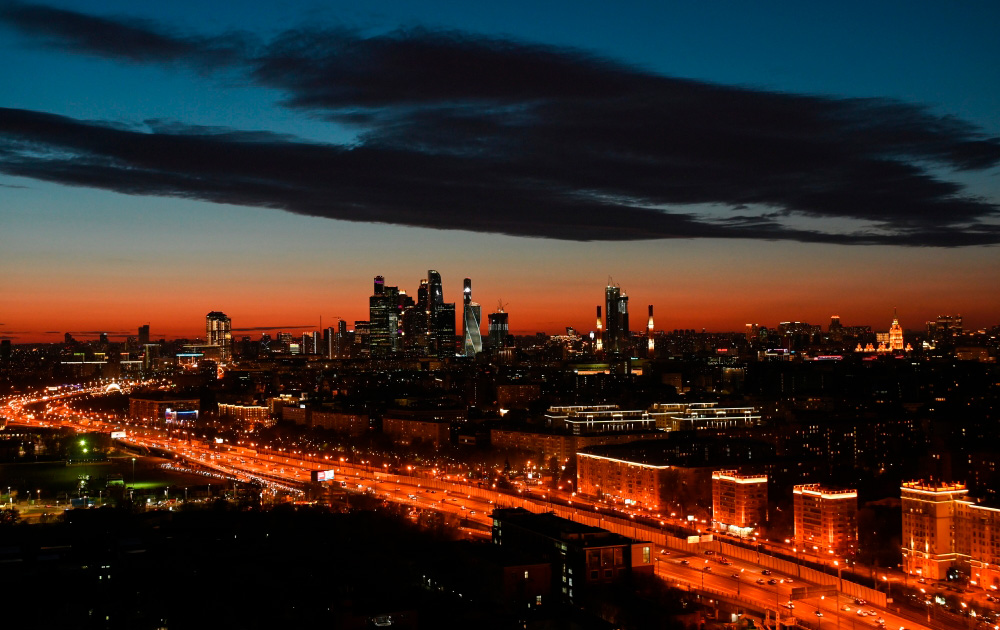The practice of confiscation modifies the very Western idea of sanctions. It currently implies, among other things, that the “behavioural change” of sanctioned persons would result in the lifting of sanctions and the return of property. However, the confiscation mechanism contradicts it. Sanctions now become exclusively a mechanism for causing damage.
After the start of the special military operation in Ukraine, Western countries froze the assets of the Russian public and private sector entities which had been hit by blocking financial sanctions. At the same time, the possibility that these assets could be confiscated and liquidated so that the funds could be transferred to Ukraine was discussed. So far, only Canada has such a legal mechanism. It will also be the first country to implement the idea of confiscation in practice. How does the new mechanism work, what is the essence of the first confiscation, and what consequences can we expect from the new practice in the future?
Loss of control over assets in countries that impose sanctions against certain individuals has long been a common phenomenon. The mechanism of blocking sanctions has been widely used for several decades by US authorities. A similar methodology has been adopted by the EU, Switzerland, Canada, Australia, New Zealand, Japan and some other countries. Russia and China may also resort to these tactics, although Moscow and Beijing rarely use them. In the hands of Western countries, blocking sanctions, however, have become a frequent occurrence. Along with the ban on financial transactions with individuals and legal entities named in the lists of blocked persons, such sanctions also imply the freezing of the assets of persons in the jurisdiction of the initiating countries. In other words, having fallen under blocking sanctions, a person or organisation loses the ability to use their bank accounts, real estate and any other property. Since February 2022, Western countries have blocked more than 1,500 Russian individuals in this way. If you add subsidiary structures to them, their number will be even greater. The volume of the property of these persons frozen abroad is colossal. It includes at least 300 billion dollars in gold and foreign exchange reserves.
This is not counting the assets of high net worth Russian individuals worth $30 billion or more which have been blocked by the G7 countries. However, the freezing of property does not mean its confiscation. Although the blocked person cannot dispose of his assets, it formally remains his property. At some point, the sanctions may be lifted, and access to property restored. In practice, restrictive measures can be in place for years, but theoretically, the possibility of recovering assets still remains.
After the start of the special military operation (SMO), calls began to be heard in Western countries to confiscate frozen property and transfer it to Ukraine. Confiscation mechanisms have existed before. For example, property could be confiscated by a court order as part of the criminal prosecution of violators of the sanctions legislation. However, such mechanisms are clearly not suitable for the mass confiscation of property. Blocking sanctions are a political decision that do not require the level of proof of guilt that is required in the criminal process. To put it bluntly, the hundreds of Russian officials or entrepreneurs put on blocking lists for supporting the SMO did not commit criminal offenses for which their property could be subject to confiscation. The sanctions have spurred the search for such crimes in the form of money laundering or other illegal operations. But the amount of funds raised in this way would be a tiny fraction of the value of the frozen assets. To implement the idea of confiscation of the frozen assets of sanctioned persons and the subsequent transfer of the proceeds for them, Ukraine needed a different mechanism.
Canada was the first country to implement such a mechanism. The 2022 revision of the Special Economic Measures Act gives Canadian authorities the executive power to order the seizure of property located in Canada which is owned by a foreign government or any person or entity from that country, as well as any citizen of the given country who is not a resident of Canada (article 4 (1)). The reason for the application of such measures may be “a gross violation of international peace and security, which has caused or may cause a serious international crisis” (Article 4 (1.1.)). The final decision on confiscation must be made by a judge, to whom a relevant representative of the executive branch sends a corresponding petition (Article 5.3). Furthermore, the executive authorities, at their own discretion, may decide to transfer the proceeds from the confiscated property in favour of a foreign state that has suffered as a result of actions to violate peace and security, in favour of restoring peace and security, as well as in favour of victims of violations of peace and security, or victims of violations of human rights law or anti-corruption laws (art. 5.6).
The first target of the new legal mechanism will be the Canadian asset of Roman Abramovich’s Granite Capital Holding Ltd. The value of the asset, according to a statement by Canadian authorities, is $26 million.
Roman Abramovich is on the Canadian Blocked List, i. e. his property is already frozen, and transactions are prohibited. Now the property of the Russian businessman will be confiscated and, with a high degree of probability, ownership will be transferred to Ukraine. This is a relatively small asset (from the standpoint of state property), but the procedure itself can be worked out. Further confiscations may be more extensive.
The Canadian experience can be copied by other Western countries. In the US, work on such a mechanism was announced back in April 2022. although it has not yet been adopted at the legislative level. In the EU, such a mechanism is also not finally fixed in the regulatory legal acts of the Union, although Art. 15 of Regulation 269/2014 obliges Member States to develop, inter alia, rules on the confiscation of assets obtained as a result of violations of the sanctions regime. The very concept of violations can be interpreted broadly. So, for example, Art. 9 of the said Regulation obliges blocked Russian persons to report to the authorities of the EU countries within six weeks after blocking about their assets. Violation of this requirement can be regarded as a circumvention of blocking sanctions.
There are several consequences of the Canadian authorities’ initiative.
First, it becomes clear that the confiscation rule is not dormant. Its use is possible and is a risk. This is a serious signal to those Russians and Russian companies that have not yet come under sanctions, but own property in the West. It can be not only frozen, but also confiscated. This risk will inevitably be taken into account by investors and owners from other countries, which could potentially be the target of increased Western sanctions in the future. Among them are China, Saudi Arabia, Turkey, and others. It is unlikely that the confiscation of Russian property will lead to an outflow of assets of these countries and their citizens from Canada and other Western jurisdictions. But the signal itself will be taken into account.
Second, the Russian side is very likely to take retaliatory measures. Western companies are rapidly withdrawing their assets from Russia. The representation of Canadian business in the Russian Federation was small even before the start of the operation in Ukraine. If the practice of confiscation becomes widespread, then the Russian side can roll it out in relation against the remaining Western businesses. However, so far, Moscow has been extremely hesitant to freeze Western property. While the US, EU and other Western countries have actively blocked Russians and their assets, Russia has mainly responded with visa sanctions. The confiscation could overwhelm Moscow’s patience and make the retaliatory practice more proportionate.
Finally, the practice of confiscation modifies the very Western idea of sanctions. It currently implies, among other things, that the “behavioural change” of sanctioned persons would result in the lifting of sanctions and the return of property. The freezing mechanism was combined with this idea. However, the confiscation mechanism contradicts it. Sanctions now become exclusively a mechanism for causing damage.
First published in the Valdai Discussion Club.







